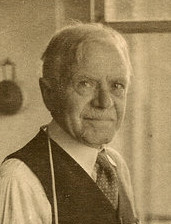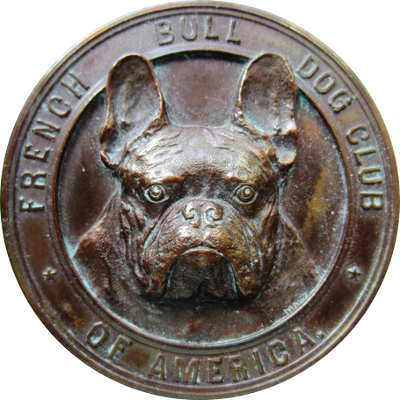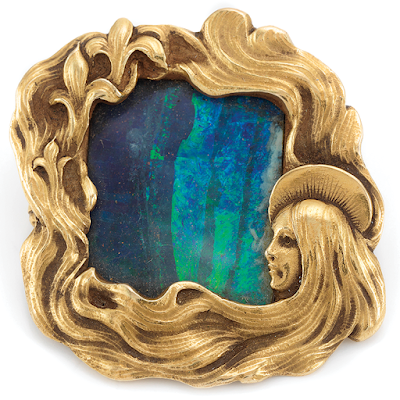Gustav Manz was born on May 18, 1865 in Stuttgart, the capital of Württemberg in Germany. According to family lore he wanted to become a detective but was unable to do so because of his small stature. His second (and smart) choice was to become a jeweler. He apprenticed with a local jeweler but was restless in provincial Württemberg.
Having heard of an exposition in Paris he left for France and continued his studies there. After stays in England, South Africa, and back in Paris he finally emigrated to the United States in 1893. Rather than setting up shop he stayed true to form and first traveled to visit the Niagara Falls.
By 1900 he was married to Pforzheim-born Martha Bachem in what is reported to have been a "business arrangement" rather than a love match. Martha's family was also in the jewelery trade and business listings of the time show Manz in partnership with Bachem (who eventually left him for a Hungarian violinist.)
Manz's talent and craft soon saw him do work for the premier jewelery merchants of New York, including Tiffany, Cartier, Dreicer, Marcus & Co and Black Starr & Frost. By 1903 Manz was doing business for himself and in his own name, though the attributions of his works can prove challenging. Sometimes he was just named as the "maker" of a piece and a more famous jeweler as the "designer." A careful look at the designs will often indicate that significant design elements came from Manz. He was most famous for his intricate animal and botanical designs and was such a regular visitor to the Bronx Zoo that all the animal caretakers knew him well.
The Great Depression devastated his business and his mental state. He attempted suicide in 1944 but survived in poor health. Gustav Manz died in 1946 and was survived by his daughters Doris and Helen.
Thanks to Laura Mathews (one of Gustav Manz's great-granddaughters) who brought this sculptor to my attention and sent me great information to get me started.


